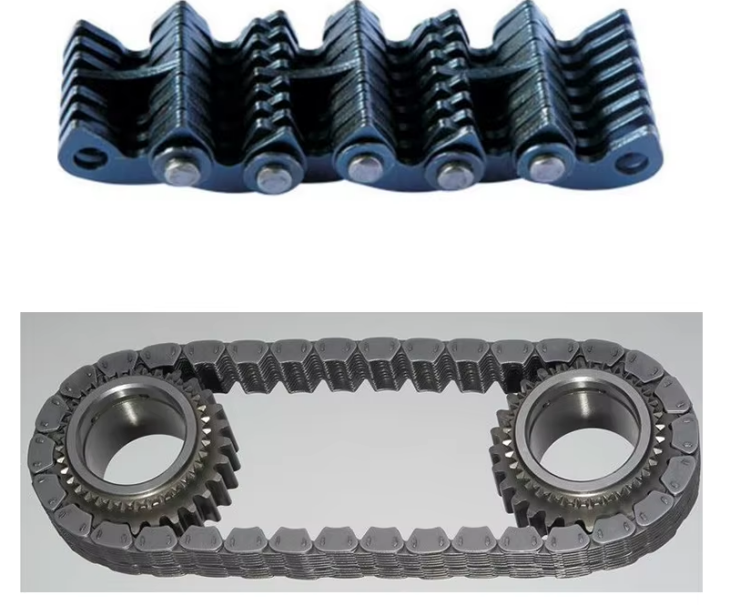Wear and tear is one of the main reasons for the damage of conveyor systems, especially crucial when it comes to components like the
Conveyor Chain,
Metal Conveyor Belt, and
Wire Mesh Conveyor Belt. In the operation of the Weino mesh chain conveyor chain, which is a type of Wire
mesh conveyor belt, the chain will experience elastic elongation. During this process, when unloaded, it will return to its original length. However, the wear between the chain links, characteristic of Conveyor Chains in general, will increase the distance between the chain links, while the external dimensions of the chain links remain unchanged.
Under normal circumstances, a 2.5% increase in chain link spacing of the Conveyor Chain is acceptable. If it exceeds 2.5%, it is necessary to evaluate whether to replace the chain. If the working face is close to completion, the wear of the chain, whether it's part of a Metal Conveyor Belt or a
wire mesh conveyor Belt system, should not cause any problems. If there is a long remaining working face, it is necessary to assemble a new chain, such as a high - quality Conveyor Chain, to reduce the risk of chain failure. When overloaded, the chain, be it from a Metal Conveyor Belt setup or a Wire Mesh Conveyor Belt configuration, will undergo plastic elongation. When the load is removed, the chain link remains elongated. These links will increase the link spacing by approximately a few millimeters, and the external dimensions of the links will also increase in length. If the increased chain spacing occurs on one of the chains, for example, in a system with multiple Wire Mesh Conveyor Belt chains running in parallel, it will result in chain mismatch. This chain mismatch can severely affect the overall efficiency and stability of the entire conveyor system, whether it's relying on Metal Conveyor Belts or Wire Mesh Conveyor Belts. Regular inspection and maintenance of these conveyor components, including the Conveyor Chain, are essential to ensure smooth operation and prevent unexpected breakdowns.



